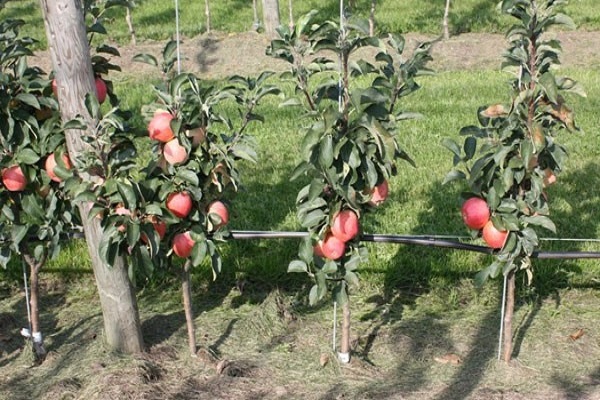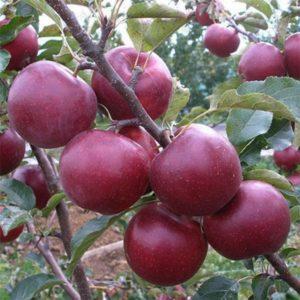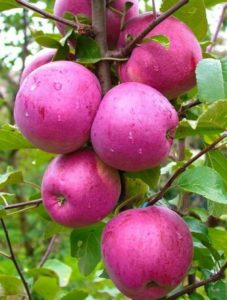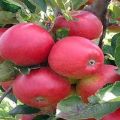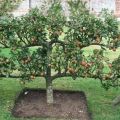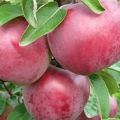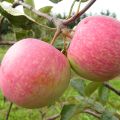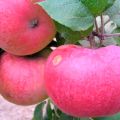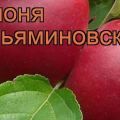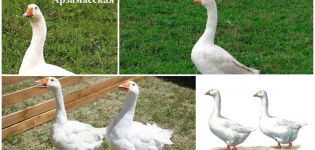Description and characteristics of fruiting of a columnar apple of the Arbat variety and features of cultivation and care
The Arbat columnar apple tree was the first to be bred by breeders. One of the advantages is its compactness. The seedling grows vertically upward and practically does not create side shoots. Five trees can easily replace a regular apple tree. Trees produce rich crops that are easy to harvest.
General description of the variety
The first fruits can be obtained already in the year of planting, but it is better to remove all inflorescences and not overload the tree. A standard apple tree grows to fruiting for at least 4 years.
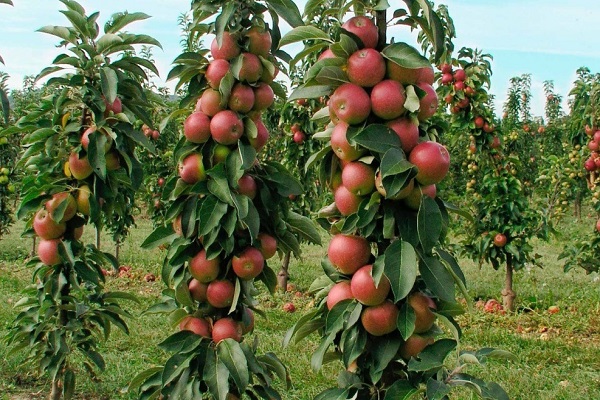
Barrel height
The apple tree can reach a height of three meters. The crown does not branch and has a decorative appearance.
Foliage
Leaves are densely arranged along the trunk. Growths are also seen, in the center of which there is a fruit bud.
Fruit
The tree begins to bear fruit from the first year of growth. Five-year-old seedlings bear fruit abundantly and yield up to 20 kg of fruit.
The collection period falls at the end of August, beginning of September. Fresh can be stored until December. After picking, the apples should lie down, this improves their taste.
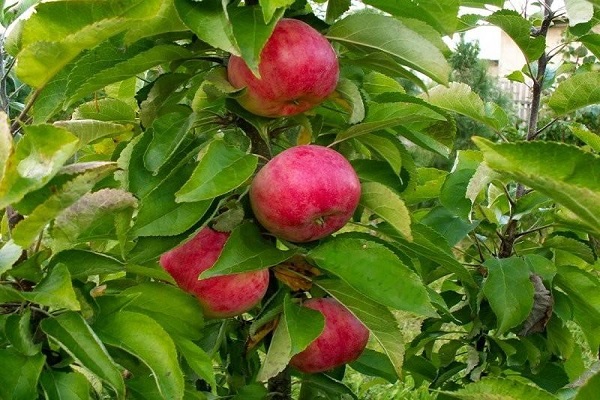
Root
The root system is fully developed by the fifth year of growth.
Types of rootstocks
The tree can be grafted on different rootstocks.
On a dwarf rootstock
Gardeners practice grafting the Arbat apple tree to the dwarf stock. She successfully takes root and develops.
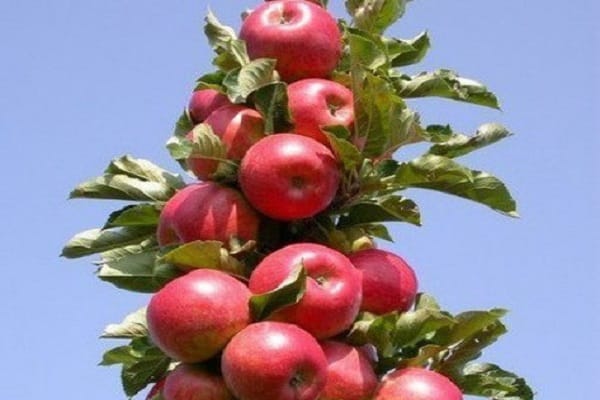
Columnar
It is a seed-grown dwarf.
How to distinguish dwarf from ordinary
The bonsai has one common trunk and has no side shoots. Leaves just grow on the trunk. Unlike standard ones, it bears fruit in the first year.

Apple tree Arbat - characteristics
If we consider this dwarf tree, then it has its own characteristics and characteristics.
Crown formation
These seedlings have no crown.Correct pruning allows for a more reliable stem.
Pollination
The variety is classified as self-pollinated. You can achieve a good harvest if there are other apple trees nearby.
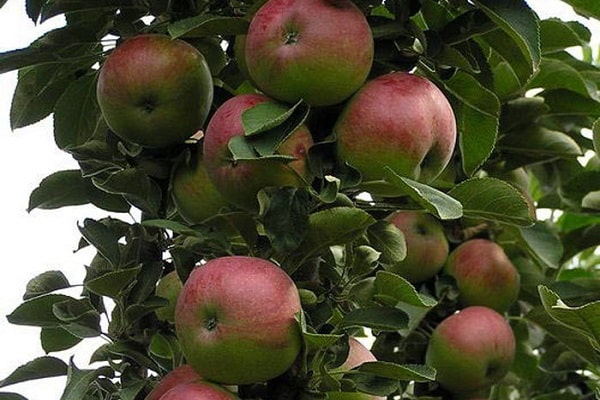
Fruit
Fruits of medium size, have a pink glossy color. The pulp is yellowish. The apple tastes sweet and sour. The weight is approximately 110 grams.
Yield frequency
The yield of the tree does not depend on the period. The tree bears a harvest every year. All nutrients go into the formation and growth of apples.
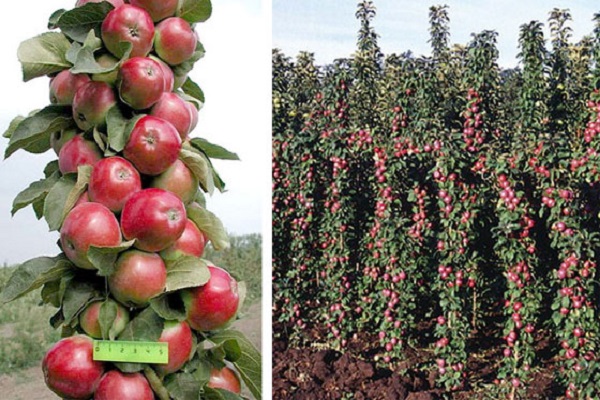
Preparing trees for winter
Preparation includes the following steps:
- Application of dressings to saturate with nutrients and successfully endure winter.
- Antiparasitic treatment and spraying against various diseases.
- Pruning wood as needed.
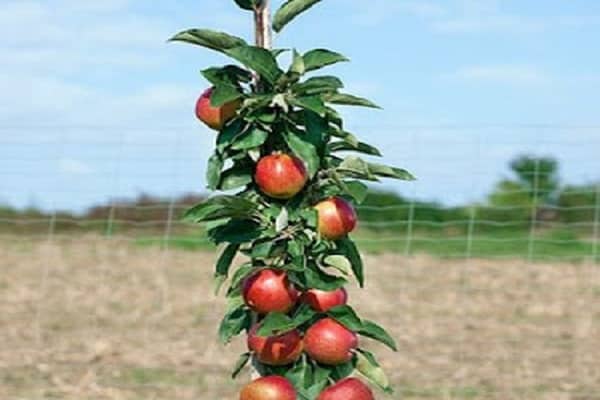
Potential diseases and pests
Most often the tree is affected apple moth... It is located under the fruit bark and hibernates successfully, and in springtime it affects the ovary. Dwarf apple trees it is easier to treat pests by spraying, because they are small in size.
The apple blossom beetle successfully hibernates under the bark and appears before the buds open. Harmful to buds by eating them. You can cope by processing with special drugs.
You can fight leaf beetles and aphids by spraying with a solution of ash or infusion of tobacco.
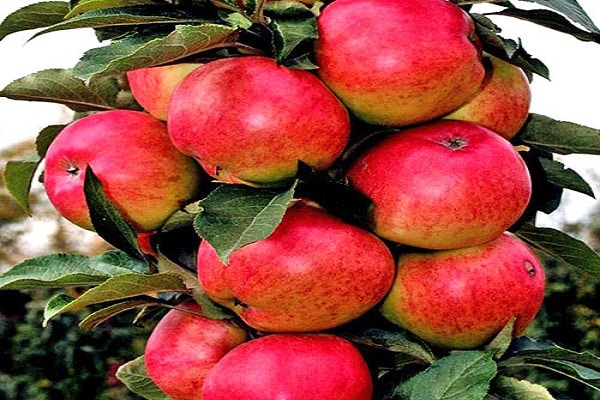
Tasting properties
The fruits are round and slightly elongated in shape. The pulp is creamy. It tastes sweet and sour and very juicy.
The content of nutrients and trace elements in the Arbat apple
Apples are rich in iron and also contain malic, citric and tartaric acids. Contains volatile fatty acids.
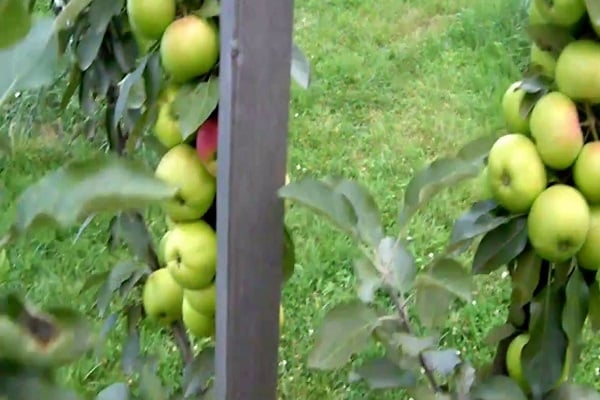
Advantages and disadvantages
Main advantages:
- compactness;
- slow growth;
- ripening in late summer;
- the harvest is given every year;
- bear fruit from the first year;
- high frost resistance;
- beautiful appearance;
- resistance to fungal diseases.
Disadvantages:
- short shelf life;
- when the tree is overloaded, the fruits become smaller;
- poor transportability;
- short tree life - 15 years.
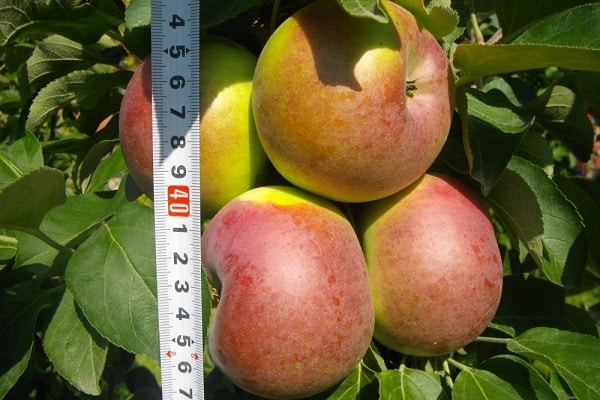
Planting trees
For the correct growth and development of the seedling, it must be properly planted.
Ground work
It is better to prepare for planting an apple tree in the autumn. Dig a hole and fill it with fertile mixture.
Where to plant
Sunny areas on elevations are suitable for planting. Melt water will not collect around the trunk in spring. If the soil is damp, drainage is necessary.
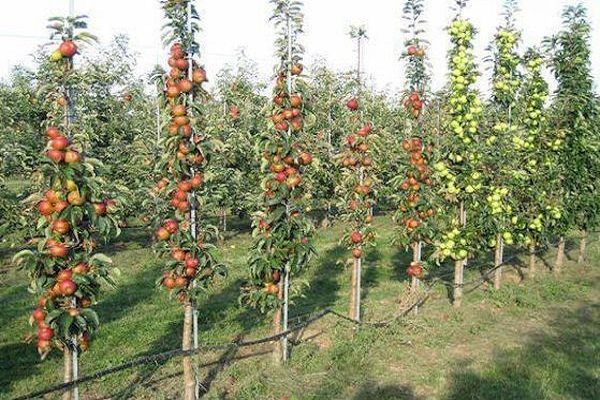
Preparing the soil
It is important to take care of the fertile soil. The ideal option is humus, compost or other fertilizers.
Pit dimensions
The pit must be of a suitable size:
- width - 80 cm;
- length - 80 cm;
- depth - 40 cm.
Pour in the necessary top dressing and mix with the ground. Place the tree for fitting, the roots should be free in space. If the tree is cramped, deepen the seedling a little.
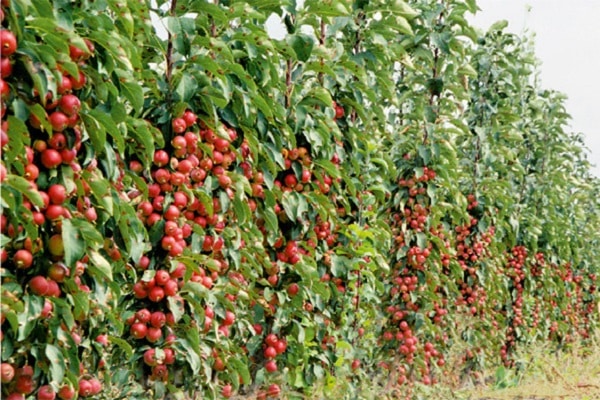
Distance between trees
There are two landing patterns:
- Condensed rows, where the distance between the seedlings is 40 cm. And between the rows - 2 meters.
- A 1 x 1 meter planting scheme is also practiced.
Selection of seedlings
Seedlings must be chosen strong with a developed root system.
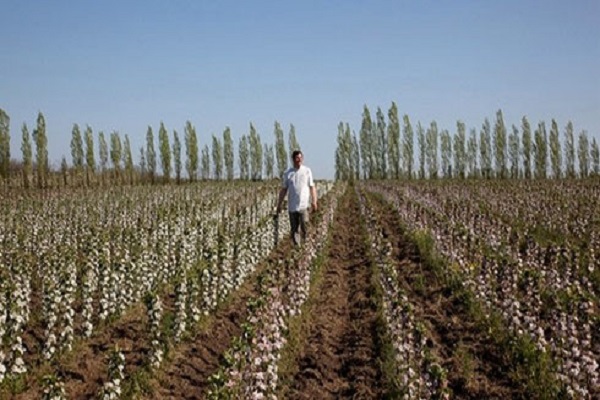
Landing dates
Planting is done either in spring before bud break, or in autumn after leaves fall and buds form.
Disembarkation process
Before planting, the root system is soaked for 2 hours.
We grow an apple tree
To get a good harvest, the apple tree requires proper care.
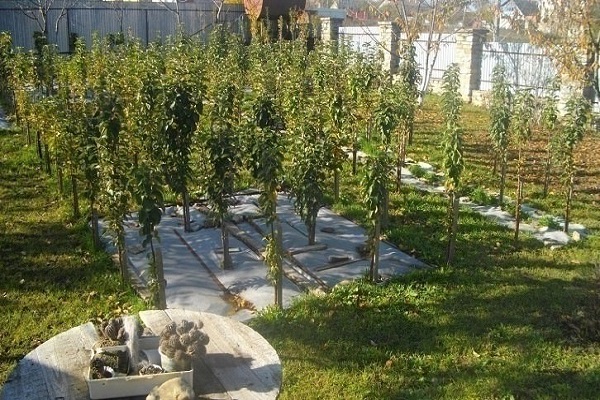
Tree care
For a bountiful harvest, it is important to organize proper care, which must meet the seasonality.
Pruning
It is performed in the spring until the moment the juice moves along the branches and the buds swell.These are preventive measures to remove winter damage from the tree. Also, with the help of pruning, overwintered parasites and foci of infection can be removed.

Blooming care
In the first year after planting, remove all flowers from the tree. The forces of the seedling must go to rooting.
In subsequent years, the harvest must be rationed so as not to overload the tree. In the second year, it is necessary to leave up to ten buds. Then gradually accustom the tree to the loads.
Irrigation works
The seedling requires abundant watering. If the summer is not dry, the near-stem space is irrigated twice a week. Mulching the soil will help preserve moisture.
Watering is very important after planting and is done daily.

Disease protection
To protect against diseases, it is necessary to process the tree by spraying. As a prophylaxis against diseases, they are sprayed with copper sulfate and Bordeaux mixture.
Pest control
To combat pests, the apple tree is treated with chemicals in early spring. Suitable means - "Fufanon", "Inta-Ts-M".
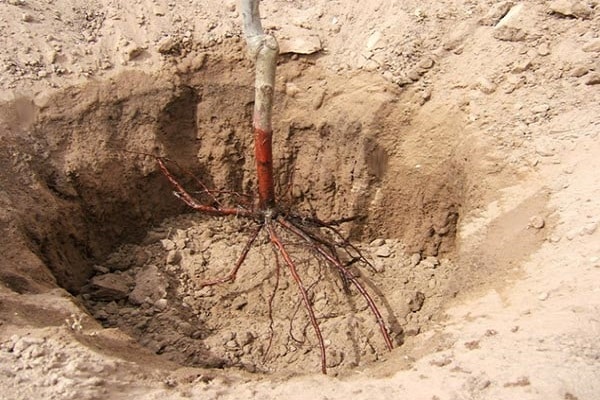
Apple fertilizer
At the beginning of summer, fertilizing is carried out with mineral fertilizers. In the fall, potassium, nitrogen and organic fertilizing is introduced. For regular feeding, chicken manure and manure are used in the form of irrigation. Fertilizer is soaked in water, insisted and then water the seedling.
Selection of a pollinator variety
The Antonovka variety is used as a pollinator.
Fruiting
Arbat is distinguished by early fruiting. Fruit ripening begins at the end of summer. Fruiting lasts up to 15 years.
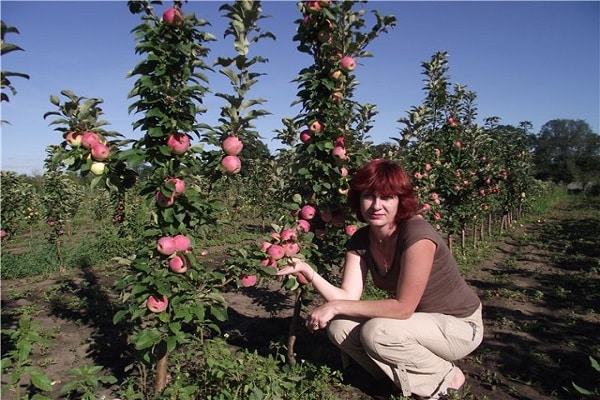
Selection
The variety was bred by Moscow breeders, namely Kichina.
Harvesting and storage
In autumn, the most anticipated stage begins - harvesting.
Harvesting
The crop can be harvested in late summer, early autumn. After picking, you need to let the apples lie down.
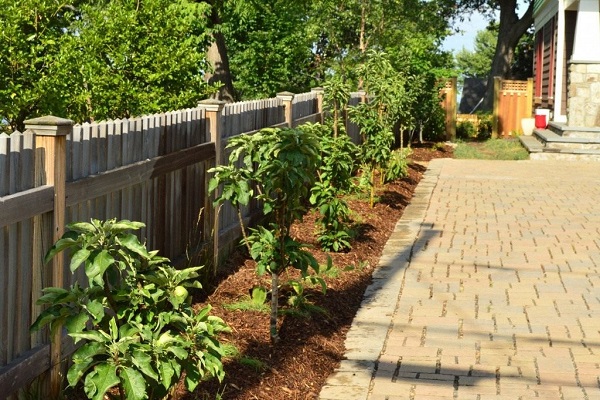
Storage and transportation of fruits
Apples are kept cool until December. Storage longer than the specified period leads to the loss of taste and useful properties. Poorly tolerate transportation due to increased vulnerability.
What can be made from apples
Apples are consumed both raw, and preparations are made: compotes, preserves, jams.
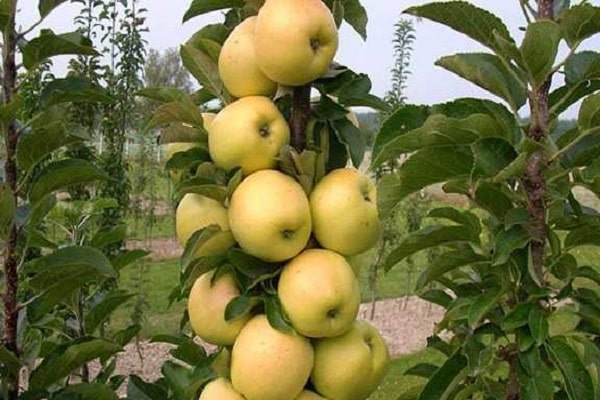
We grow in the regions
A seedling can behave differently depending on the region.
Tatarstan
After the experiments carried out by gardeners, it was revealed that this variety is ideal for growing in Tatarstan. On the positive side, the region has good snow cover. At an air temperature of -40, the temperature of the soil is -10 degrees.
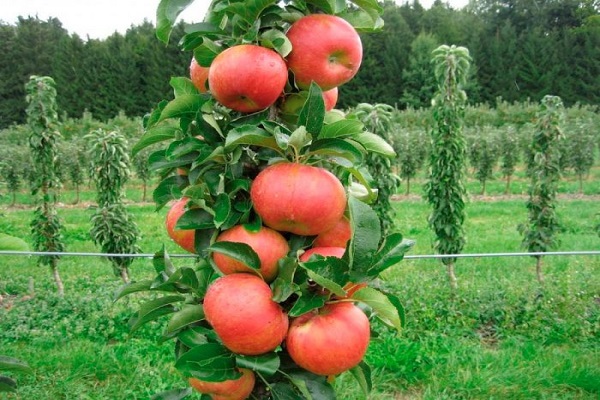
Middle Volga region
Also suitable for dwarf trees up to three meters high. In the harsh conditions of the region, the soil temperature is -15 in winter, and up to +60 degrees in summer. The soil has an average degree of fertility, while the Arbat grows well and bears fruit.
Southern regions
The southern regions are the most suitable, since the climate there is less severe, and dwarf trees grow here successfully.
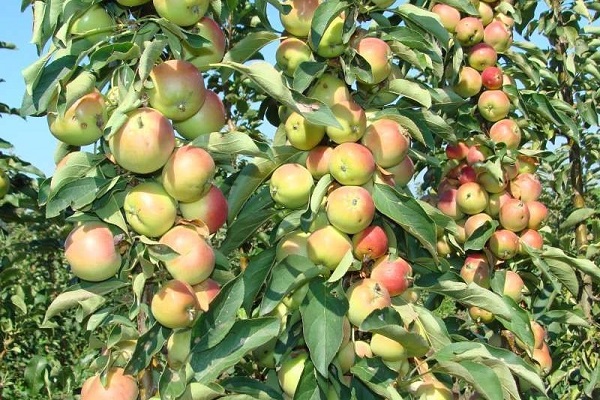
Bashkiria
It is also a region where apple tree planting is practiced. They give preference to early-fruiting varieties with earlier fruiting.
